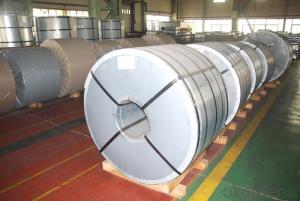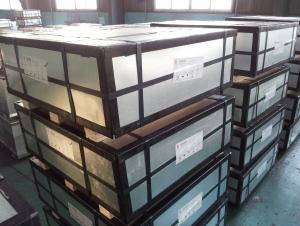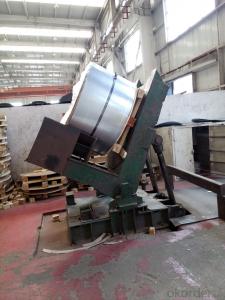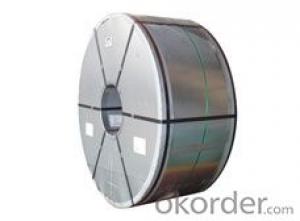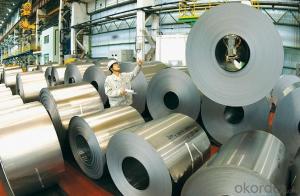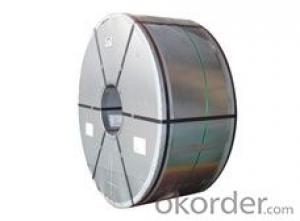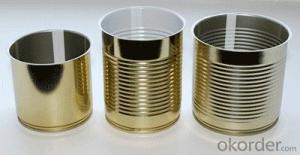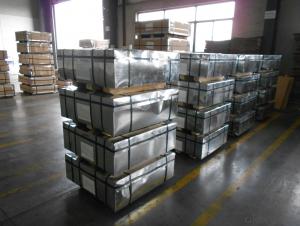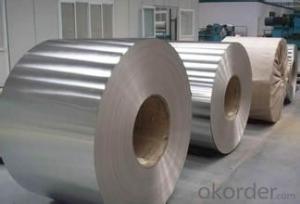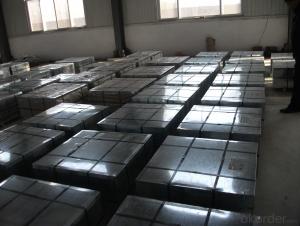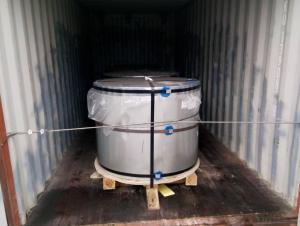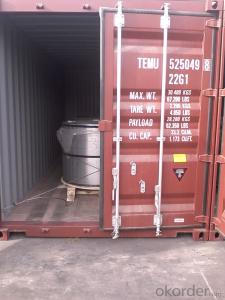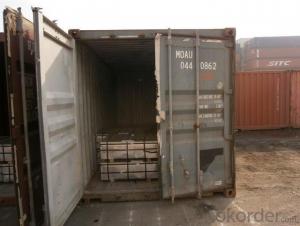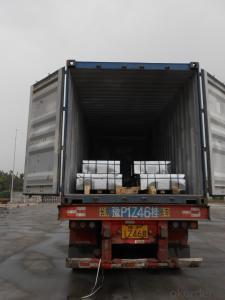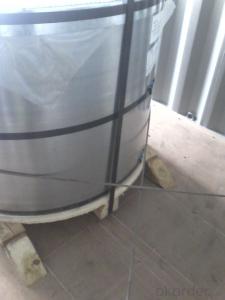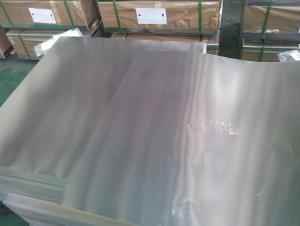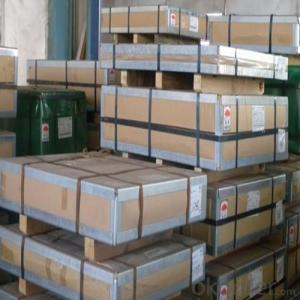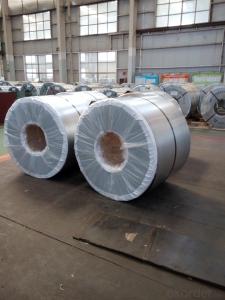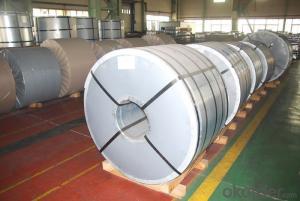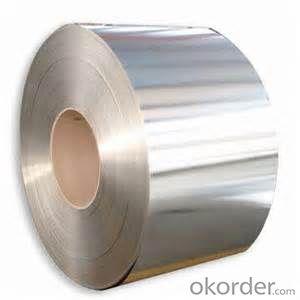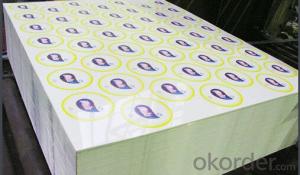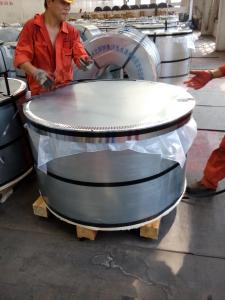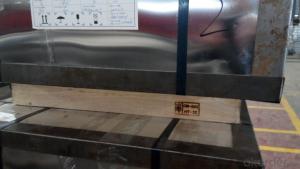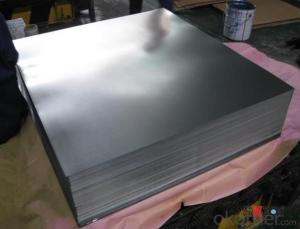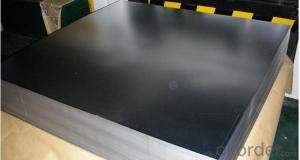Etp Tinplate
Etp Tinplate Related Searches
Spte Tinplate Printed Tinplate Nse Tinplate Tinplate Uk Thyssenkrupp Tinplate Envases Tinplate Italy Tinplate Buy Tinplate Bse Tinplate Tata Tinplate Printing Tinplate Tinplate China Tinplate Elwood Prime Electrolytic Tinplate Tinplate Material Spain Tinplate Tinplate Coating Thai Tinplate Tinplate Metal Tinplate Iron Turkey Tinplate Tinplate Printing Tinplate Cover Tinplate Packaging Tinplate Products Tinplate Production Tinplate Layout Tinplate Factory Tinplate Recycling Mth TinplateEtp Tinplate Supplier & Manufacturer from China
Etp Tinplate offers a wide range of tinplate products, which are made from steel sheets coated with a thin layer of tin. These products are known for their excellent corrosion resistance, making them suitable for various applications in the packaging and manufacturing industries. Tinplate is widely used in the production of food cans, beverage cans, aerosol cans, and other containers that require a barrier against corrosion and contamination. Its versatility and durability have made it a popular choice for many businesses and manufacturers.The usage scenarios for Etp Tinplate products are diverse, encompassing not only the food and beverage industry but also the pharmaceutical, chemical, and automotive sectors. Its ability to maintain the freshness and safety of the contents while providing a sleek and professional appearance makes it an ideal material for packaging. Additionally, tinplate's recyclability makes it an environmentally friendly option, further enhancing its appeal in today's market.
Okorder.com is a leading wholesale supplier of Etp Tinplate products, boasting a large inventory that caters to the needs of various industries. With a commitment to quality and customer satisfaction, Okorder.com ensures that businesses have access to reliable and high-quality tinplate materials at competitive prices. This extensive inventory allows Okorder.com to meet the demands of different applications, providing customers with the flexibility and convenience they require for their operations.
Hot Products
